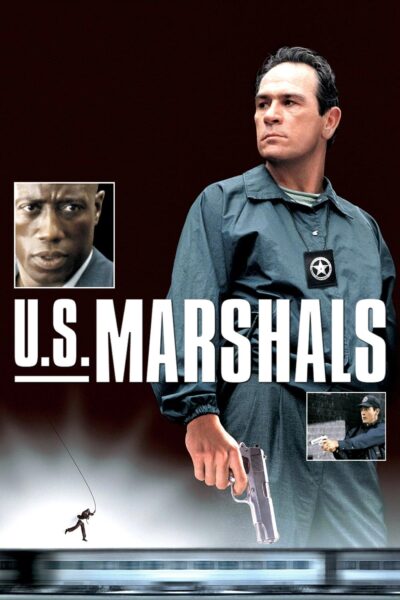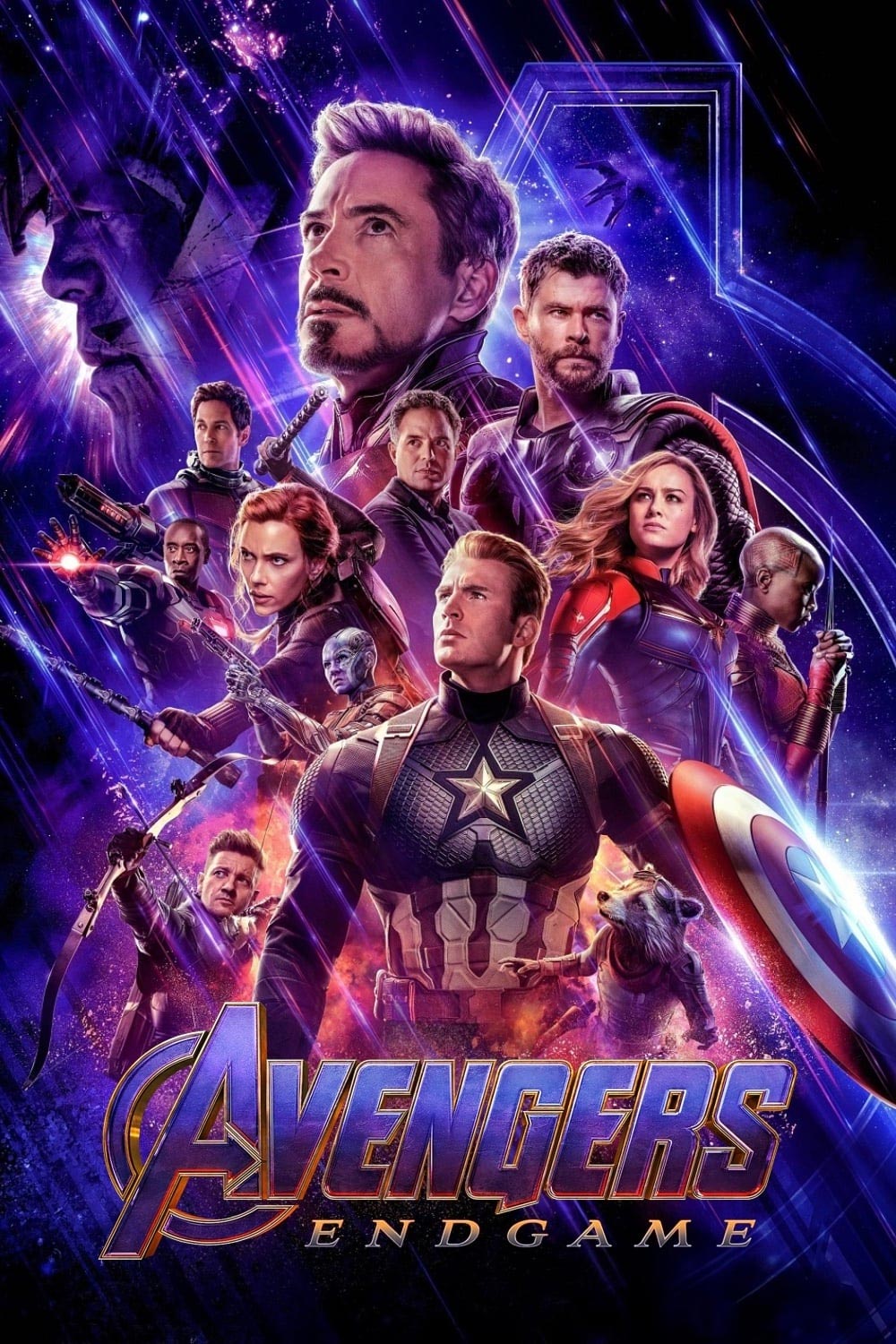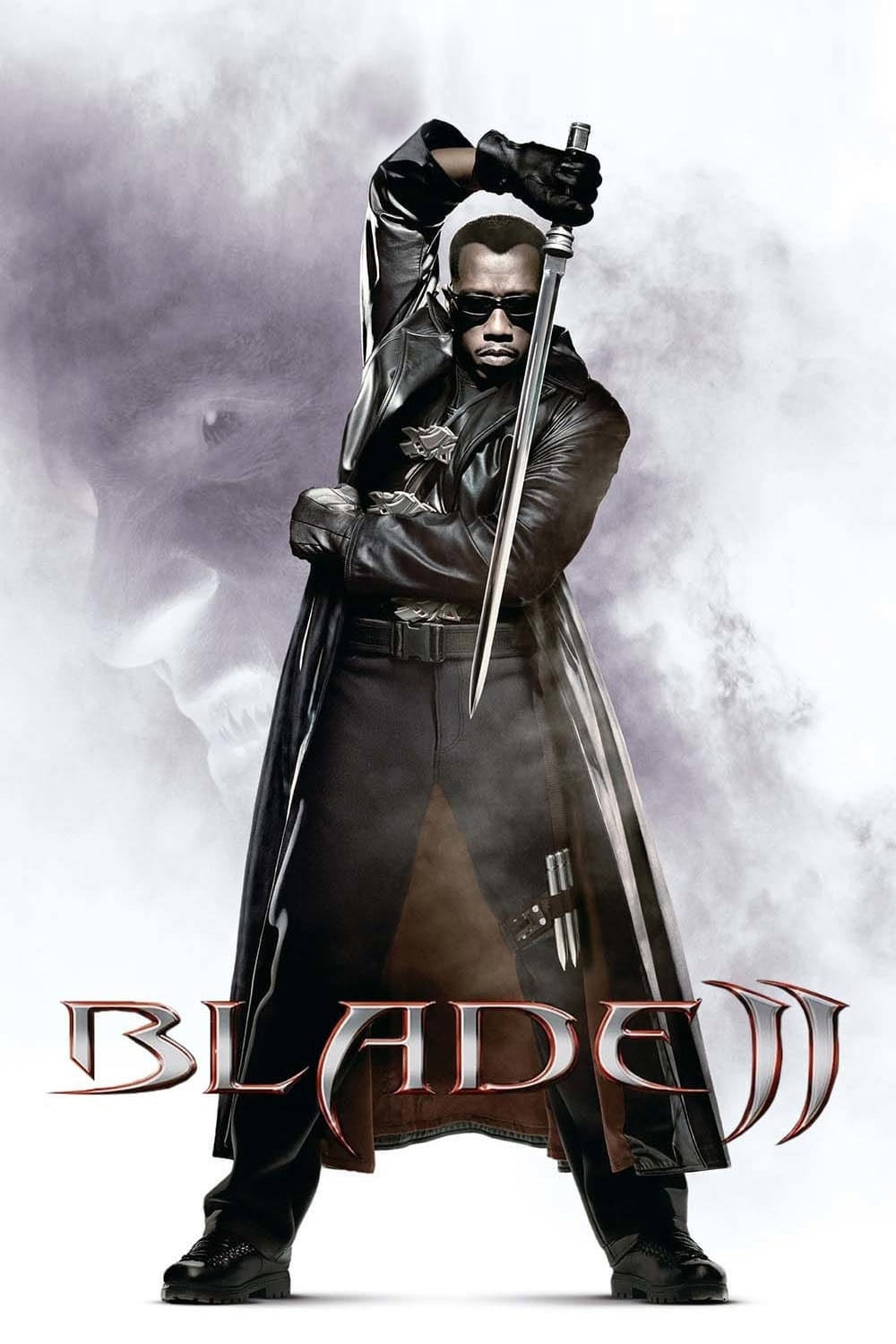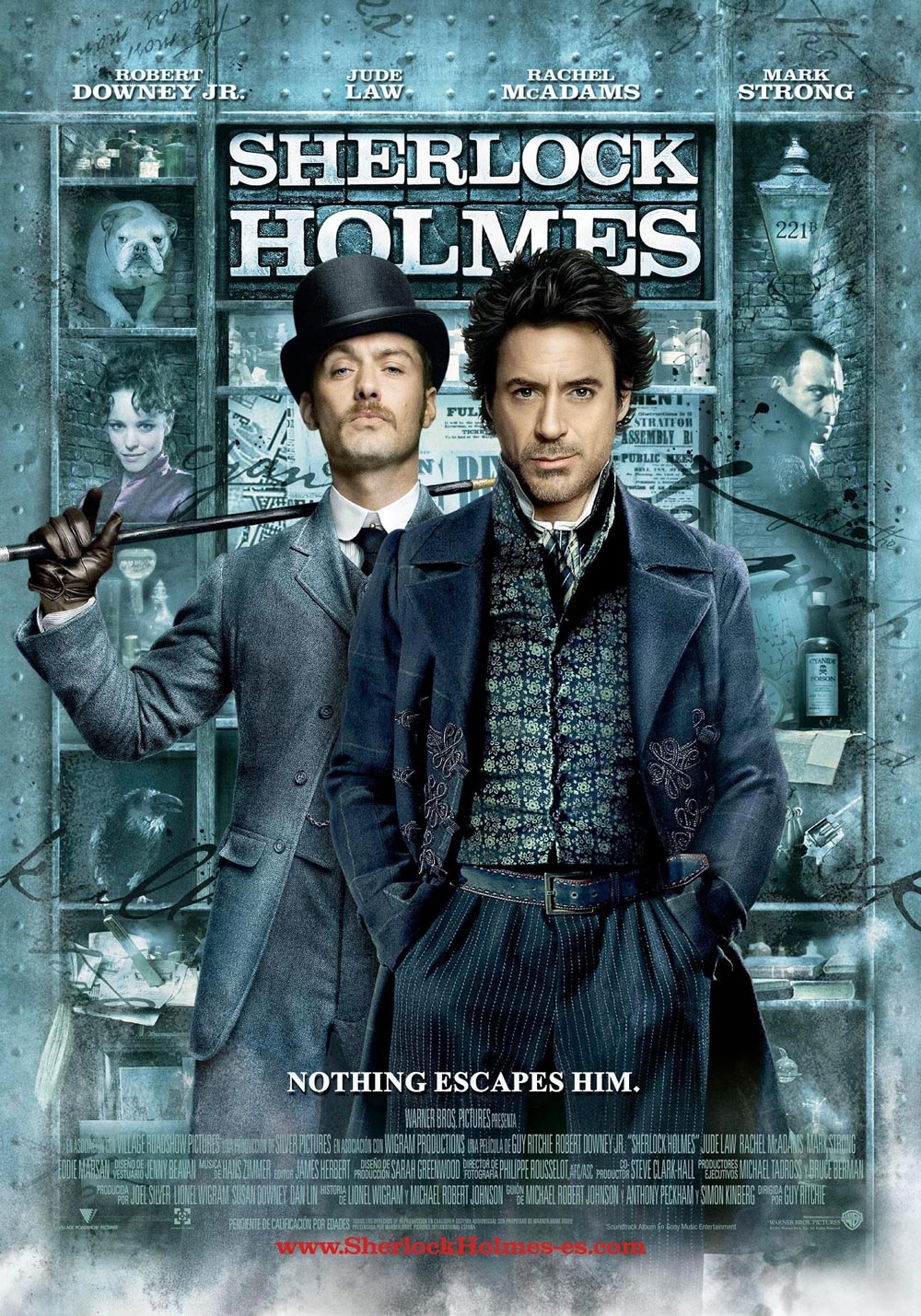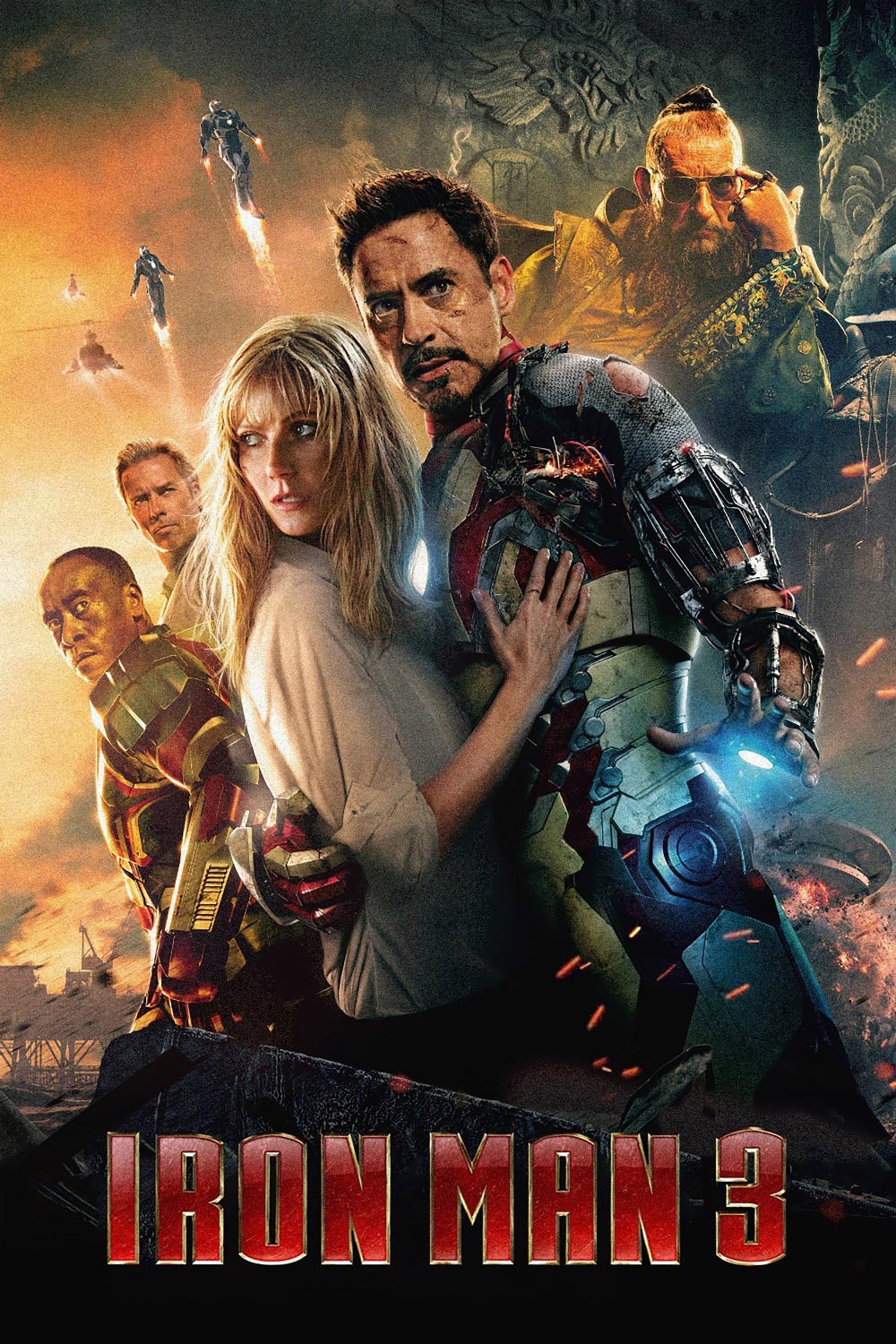Published on
It’s rare for an Academy Award-winning performance to reprise its role in a sequel, but a few standout examples exist—Hannibal Lecter comes to mind. Among these is Tommy Lee Jones’ portrayal of U.S. Marshal Sam Gerard, a character who earned Jones an Oscar despite being part of a 90s action movie. Jones reprises his role as Gerard in “U.S. Marshals”, where he’s once again on the relentless pursuit of a an innocent fugitive.
This time, the innocent man is Mark Sheridan, portrayed by 90s action star Wesley Snipes. Unlike Harrison Ford’s everyman doctor Richard Kimble, Sheridan is the quintessential action movie special operative. In a lesser film, his role might have been filled by someone like Steven Seagal, and true to form, Sheridan even gets his own exposition dialogue that highlights just how much of a bad-ass he is.
Sheridan is a fugitive accused of double murder. He escapes from custody in the aftermath of a dramatic plane crash and finds himself pursued relentlessly by U.S. Marshal Sam Gerard and his team across multiple states. As the chase intensifies, Gerard begins to uncover evidence suggesting that Sheridan may have been framed, unraveling a complex web of conspiracy. This revelation sets the stage for a tense and gripping showdown between hunter and hunted, blurring the lines between justice and injustice.
“U.S. Marshals” closely follows the structure of “The Fugitive” beat by beat but leans more heavily into action, leaving fewer moments to breathe. A significant shift this time around is that Sam Gerard is now a protagonist in his own right, creating an intriguing dynamic where both Gerard and Sheridan function as central characters. This duality blurs the lines between hero and adversary, making it difficult to choose who to root for as they clash. When Gerard and Sheridan are battling it out, the tension is heightened because both are, in their own way, good guys.
Every action movie needs a clear antagonist, and in “U.S. Marshals”, that role is filled by those responsible for framing Sheridan. While the film tries to keep the identity of the main antagonist as part of a plot twist, it’s fairly easy to spot who the villain is from the moment he appears on screen.
“U.S. Marshals” is one of those movies that really makes you question the lengths people are allowed to go to prove their innocence. It’s no surprise that Sheridan eventually clears his name and is exonerated from the double homicide he was falsely accused of. However, in his quest for justice, he breaks some serious laws, leaving you to wonder about the moral and legal gray areas in situations like his.
At one point, Sheridan shoots Gerard point-blank in his bulletproof vest and later has no qualms about firing at another member of Gerard’s team. He even holds an elderly woman at knifepoint, forcing her husband to help him evade a roadblock. When things escalate, Sheridan rams a police car with a truck, endangering the officer’s life. The usual excuse of “no charges pressed” doesn’t seem to justify the level of violence Sheridan employs. While he goes out of his way not to kill anyone, kidnapping an elderly couple and destroying their truck aren’t actions that can be easily dismissed. These acts likely leave the couple with lasting trauma, requiring therapy to cope with the harrowing experience. Despite his efforts to prove his innocence, Sheridan’s methods raise serious ethical questions about the impact of his desperate actions on innocent bystanders.
“U.S. Marshals” is a quintessential 90s action movie, with top-notch practical effects that showcase the era’s commitment to big-budget filmmaking. The high production values add a polished edge to the film’s action sequences. If this movie were made today, it would likely be a low-budget, straight-to-video or streaming release, starring someone like Stone Cold Steve Austin or Frank Grillo.
Unsurprisingly, Tommy Lee Jones nails his role as Sam Gerard once again, but he’s given fewer memorable moments compared to “The Fugitive”. The plot of “U.S. Marshals” is needlessly convoluted, tangled up with Chinese spies, corrupt government agents, and confusing suitcase handovers. The film could have benefited from a tighter runtime, as it tends to retread the same ground a bit too often, diluting the impact of its more thrilling sequences. While Jones’s performance is solid, the overly complex storyline detracts from the film’s overall effectiveness, making it feel stretched and repetitive.
While not as iconic as “The Fugitive”, “U.S. Marshals” is still a fun, high-octane experience from an era when high-concept action movies were all the rage. If this film had matched the success of its predecessor, Tommy Lee Jones might have become the original “older action hero,” a role Liam Neeson would later popularize a decade later and we might have even seen another sequel, with Gerard himself becoming the fugitive. Unfortunately, that never materialized, but both movies remain 90s classics, showcasing the era’s love for thrilling, character-driven action.

